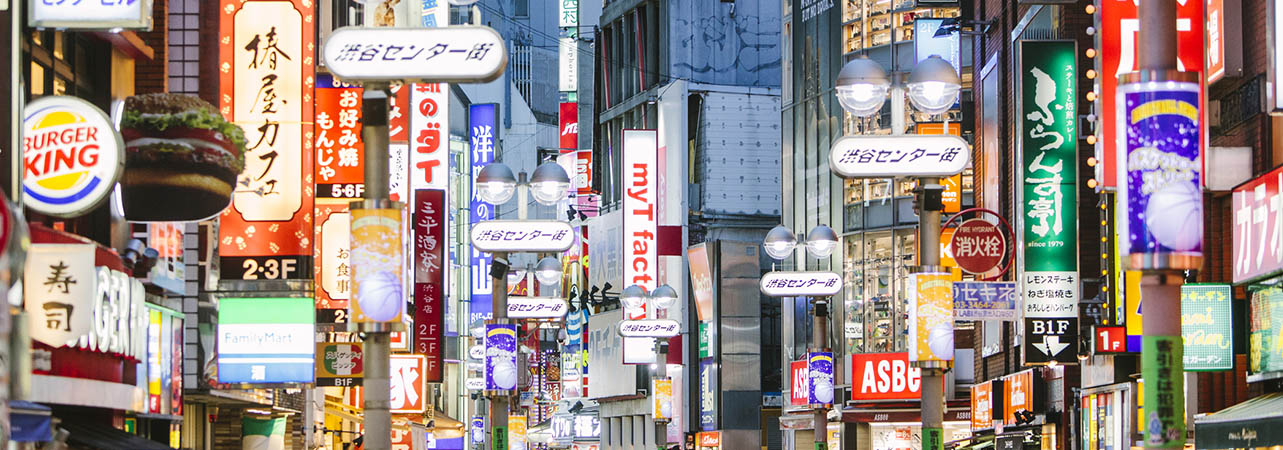January 2018
Following the US’s rejection of the Trans-Pacific Partnership (TPP), the remaining 11 participants have agreed to sign a trade deal in Chile in March. The pact will include Australia, Brunei, Canada, Chile, Japan, Malaysia, Mexico, New Zealand, Peru, Singapore and Vietnam and will encompass almost 500 million people and 13.4% of global GDP.
- The Nikkei 225 Index hit levels last seen in November 1991 during January
- The Korean won appreciated by almost 13% against the US dollar in 2017
- Japan’s inflationary backdrop remained subdued
To view the series of market updates through January, click here
Following the US’s rejection of the Trans-Pacific Partnership (TPP), the remaining 11 participants have agreed to sign a trade deal in Chile in March. The pact will be called the Comprehensive & Progressive Agreement for Trans-Pacific Partnership (CPTPP) and will include Australia, Brunei, Canada, Chile, Japan, Malaysia, Mexico, New Zealand, Peru, Singapore and Vietnam. The CTPP will be one of the biggest free-trade agreements in the world, encompassing almost 500 million people and 13.4% of global GDP.
“The Bank of Japan does not appear to be entertaining the idea of normalising its monetary policy”
The Bank of Japan (BoJ) maintained its monetary policy stance at its January meeting. Despite moves by other major central banks – including the US Federal Reserve and the European Central Bank – to scale back stimulus measures, the Bank of Japan does not appear to be entertaining the idea of normalising its monetary policy. Although Japan’s economy is expanding “moderately”, prices remain “relatively weak”. Inflation remains well below its 2% target; the core rate of consumer price inflation rose by 0.9 year on year during December. The BoJ expects the country’s economy to expand by 1.4% over the next fiscal year, while inflation is also forecast to reach 1.4%. In a speech, the BoJ’s Deputy Governor said, “There is still a long way to go to achieve the price stability target of 2%... the Bank deems it important to continue to persistently pursue powerful monetary easing”.
The Nikkei 225 Index rose during January to reach its highest level since November 1991. Over January as a whole, the Nikkei 225 Index rose by 1.5% and the Topix Index increased by 1.1%; meanwhile, the TSE Second Section Index – which represents medium-sized Japanese companies – climbed by 4%.
Policymakers at South Korea’s central bank held its key interest rate at 1.5%. The Korean won appreciated by almost 13% against the US dollar over 2017 and the country’s rate of inflation remains below the official target of 2%. The Bank of Korea upgraded its forecast for economic growth in 2018 to 3%, citing robust export activity and continuing improvement in consumption. Over 2017 as a whole, the country’s economy grew by 3.1% year on year. Consumer price inflation grew at an annualised rate of 1% in January, but central bank officials expect inflation to pick up slightly to the “upper-1% range” in the second half of the year. The Kospi Index rose by 4% over January.
A version of this and other market briefings are available to use in our newsletter builder feature. Click here










